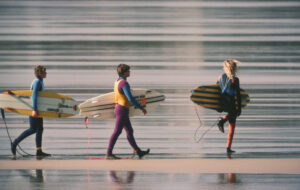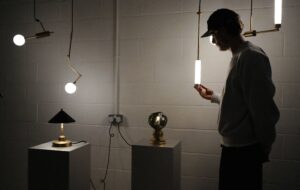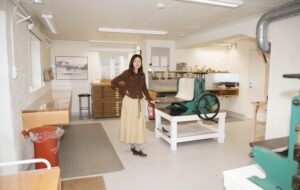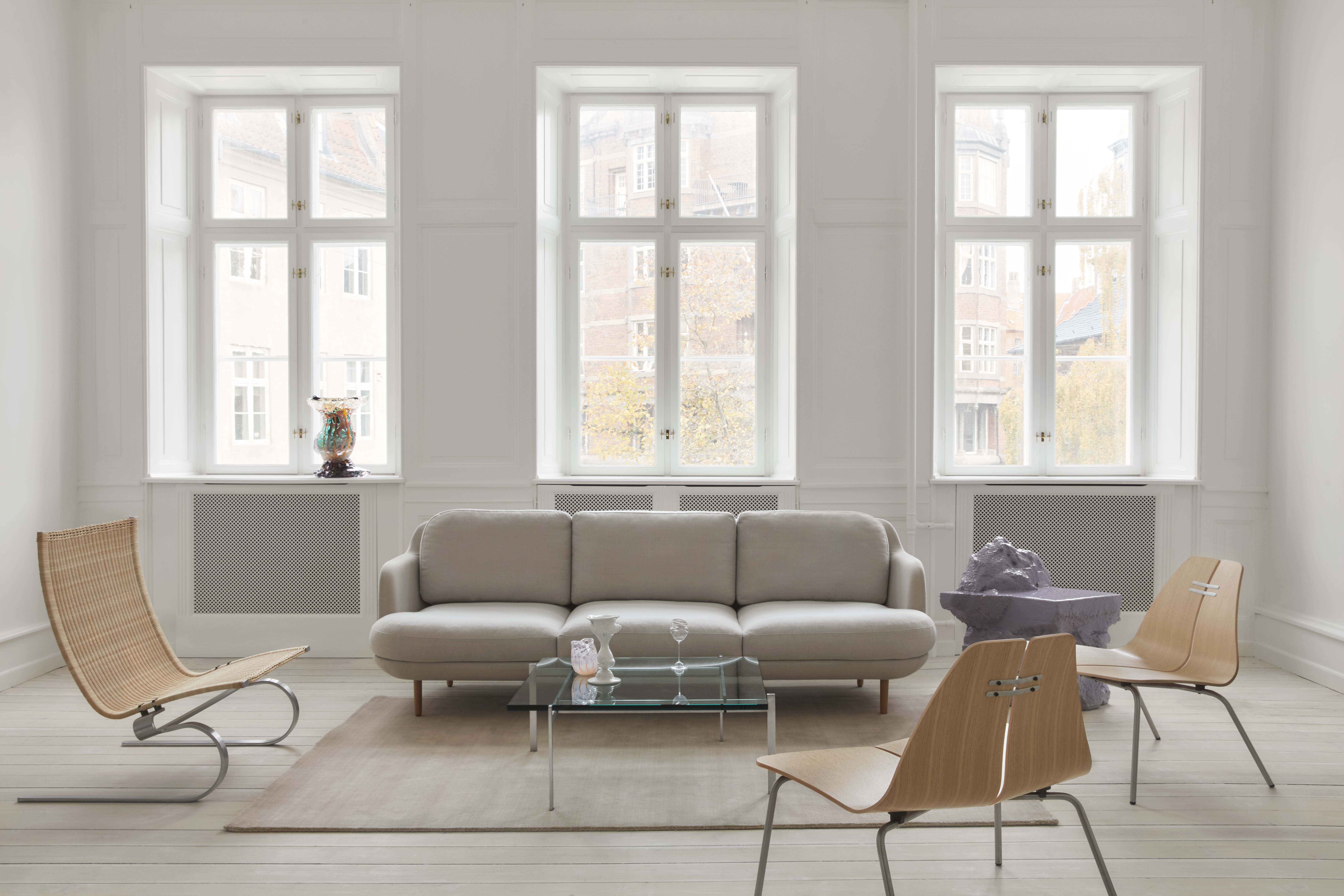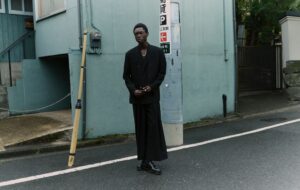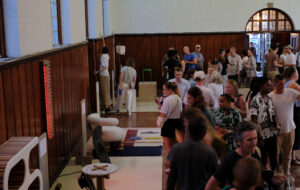|
|
||
|
On the northern edge of Michigan State University’s East Lansing campus, a bold contemporary art museum sits among the Gothic, red-brick, collegiate architecture. The £28m building by Zaha Hadid was funded by the businessman, philanthropist, art collector and Michigan State alumnus, Eli Broad, who has commissioned buildings by Renzo Piano, Richard Meier, César Pelli and Frank Gehry. It has a louvred skin in brushed stainless steel that wraps around the building in a series of jagged, muscular pleats. “It is an unusual site,” Hadid explained at the dedication ceremony, comparing “the distortion and prism-like quality” of the building to a jewel box. “The idea was that, as the light hits, it would explode and illuminate the corner [of the campus].” The museum borders the busy Grand River Avenue and it is hoped that the landmark building will provide a gateway to the university from the city and, with entrances on both sides, bring about a mingling of town and gown. The result, devoid of Hadid’s trademark curves, resembles the dazzle painting used to camouflage battleships during the first The 46,000sq ft building offers plenty of gallery space, to which 60 per cent of the interior is dedicated. These trapezoidal volumes have maple floors and white walls, some of which lean at precarious angles so as to deliberately distort the spatial experience. Curators have apparently welcomed the challenge of working outside the cliched white cube: work on show in the opening exhibition included pieces by Marjetica Potrc, Chen Qiulin and Iñigo Manglano-Ovalle (whose floating geodesic parachute is pictured, above), many of which were loaned from Broad’s large collection. In contrast, the public areas have concrete floors and load-bearing walls. A spacious lobby leads to a double-height cafe and education wing, with floor-to-ceiling windows that look into a courtyard on one side and are screened by massive louvres on the other. A black, cantilevered staircase twists dramatically through the centre of the two-storey building.
|
Image Paul Warchol
Words Christopher Turner |
|
|
||


